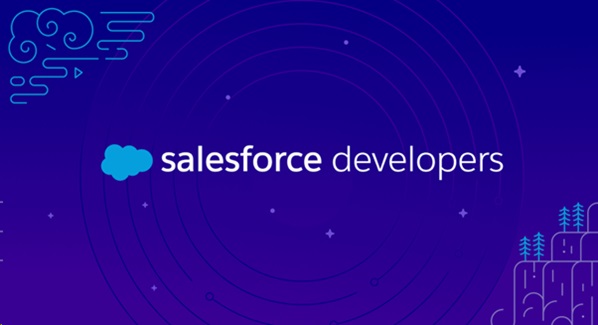
Salesforce, one of the world’s leading customer relationship management (CRM) platforms, offers powerful tools for businesses to manage their sales, marketing, and customer service operations.
Beyond its out-of-the-box capabilities, Salesforce provides a robust development environment that allows organizations to customize and extend the platform to meet their unique needs. If you’re new to Salesforce development, this beginner’s guide will help you get started on your journey to becoming a Salesforce developer.
1. Understanding Salesforce Development
Salesforce development revolves around extending the functionality of the platform, customizing it to fit your organization’s specific requirements, and integrating it with other applications. The core elements of Salesforce app development include:
Apex: Salesforce’s proprietary programming language for creating custom business logic and automating processes.
Visualforce: A framework for building custom user interfaces, including web pages and components.
Lightning Components: A modern framework for building dynamic, responsive user interfaces in the Lightning Experience.
APIs: Salesforce provides REST and SOAP APIs for integrating with external systems and accessing data programmatically.
Workflow and Process Automation: Tools like Workflow Rules and Process Builder allow you to automate business processes.
2. Setting Up Your Development Environment
To start developing on Salesforce, you’ll need to set up your development environment. Here’s how:
Salesforce Developer Edition: Sign up for a free Salesforce Developer Edition (DE) account. This is a fully functional Salesforce environment for development and testing.
Salesforce CLI: Install the Salesforce Command-Line Interface (CLI), a powerful tool for managing your Salesforce development projects.
Integrated Development Environment (IDE): Choose an IDE such as Visual Studio Code and install the Salesforce Extensions pack for a more efficient development workflow.
3. Learning Apex
Apex is at the heart of Salesforce development. It’s an object-oriented, strongly typed programming language. Start with the basics:
Syntax: Learn Apex syntax, data types, variables, and operators.
Control Structures: Understand conditional statements (if, switch) and loops (for, while).
Data Manipulation: Master working with Salesforce objects, queries (SOQL), and data manipulation (DML) operations.
Triggers: Explore how to write triggers, which are pieces of code that execute in response to data changes.
4. Visualforce and Lightning Components
Once you’re comfortable with Apex, you can delve into the user interface:
Visualforce: Learn how to create custom pages and components to tailor the Salesforce user interface to your organization’s needs.
Lightning Components: Discover the modern framework for building interactive, responsive user interfaces in the Lightning Experience.
5. Integrations and APIs
Salesforce’s REST and SOAP APIs allow you to connect with external systems and access Salesforce data programmatically. Learn how to make API calls, authenticate, and handle responses.
6. Best Practices and Testing
Understand Salesforce development best practices, including security considerations and unit testing. The Salesforce Developer Console and debugging tools are your allies in troubleshooting and testing.
7. Trailhead and Salesforce Community
Salesforce offers extensive resources for learning and support. Trailhead, Salesforce’s free online learning platform, provides guided learning paths and hands-on challenges. The Salesforce Community is a vibrant hub for asking questions, sharing knowledge, and getting help from experts.
8. Real-world Projects
The best way to learn Salesforce development is by doing. Start with small projects, such as customizing Salesforce objects or automating processes, and gradually take on more complex tasks.
Conclusion
Salesforce development is a valuable skill that opens doors to customization, automation, and integration of one of the most widely used CRM platforms in the world. With the right resources, practice, and a developer mindset, you can build powerful solutions tailored to your organization’s needs. So, roll up your sleeves, dive into the Salesforce developer world, and watch your skills grow as you unlock the platform’s full potential.




